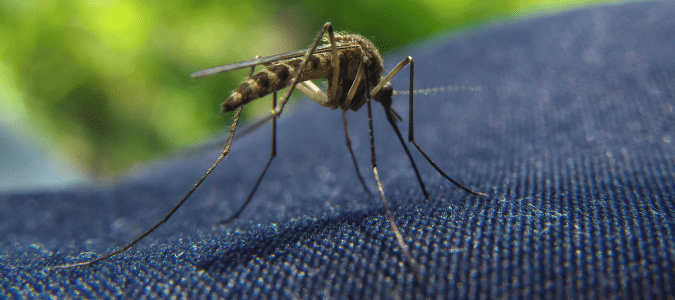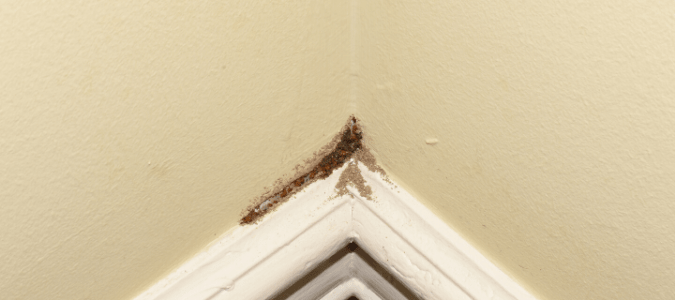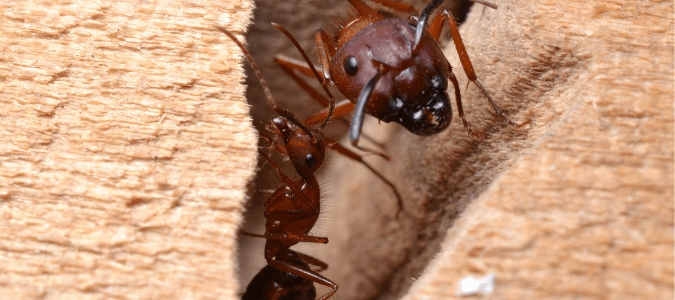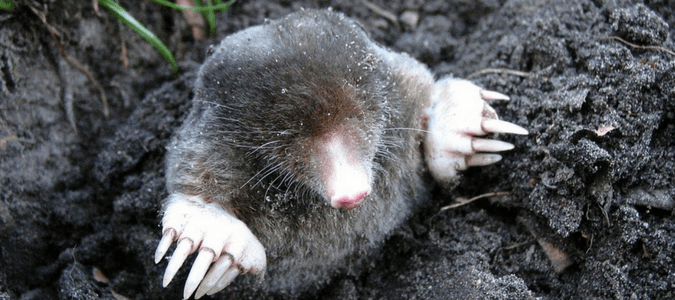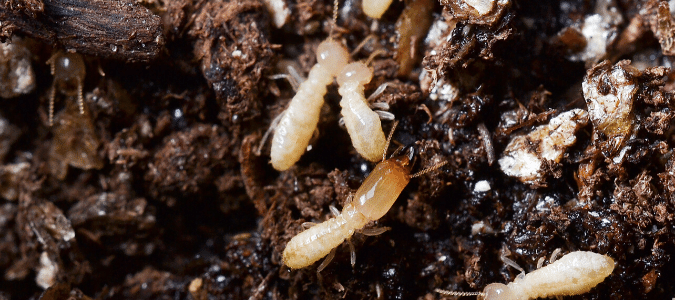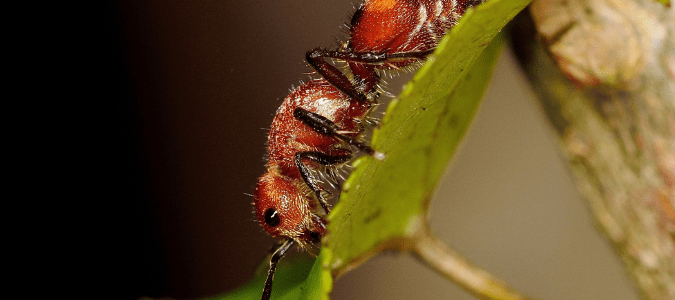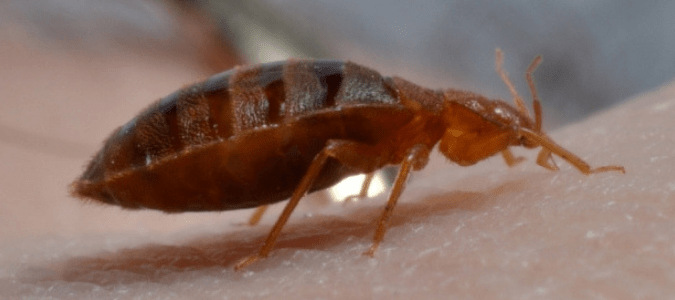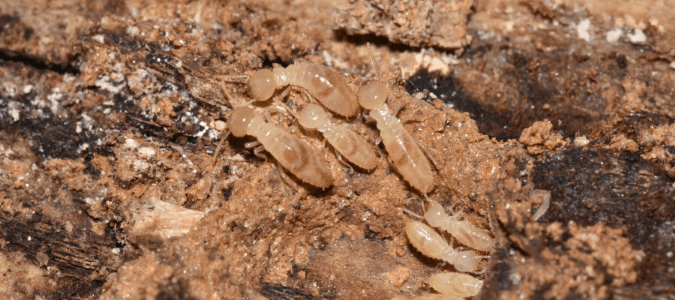What To Do if You Find White Ants in Your Home
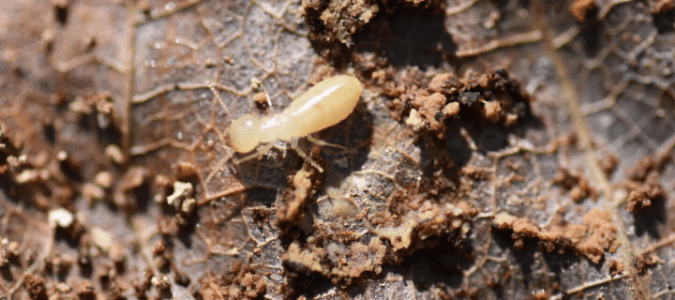
If you’ve found white ants in your home, you’re probably wondering what to do. Are they pests that need to be treated? Is there a product you can use to get rid of them? The important thing to understand is that white ants don’t actually exist. If you see what looks like white ants in or near your home, what you’ve actually found is termites.
Different ant species do come in a variety of colors, including red, brown, black and even yellow. There is no such thing as white ants, however. What some people call “white ants” are actually termites. Depending on which type they are, adult termites are either black or white. They do look a lot like ants, and it’s common to confuse the two. Termites need identification and treatment as soon as possible because they can cause major structural damage to your home.
Subterranean termites are the most common … Read Full Post »
